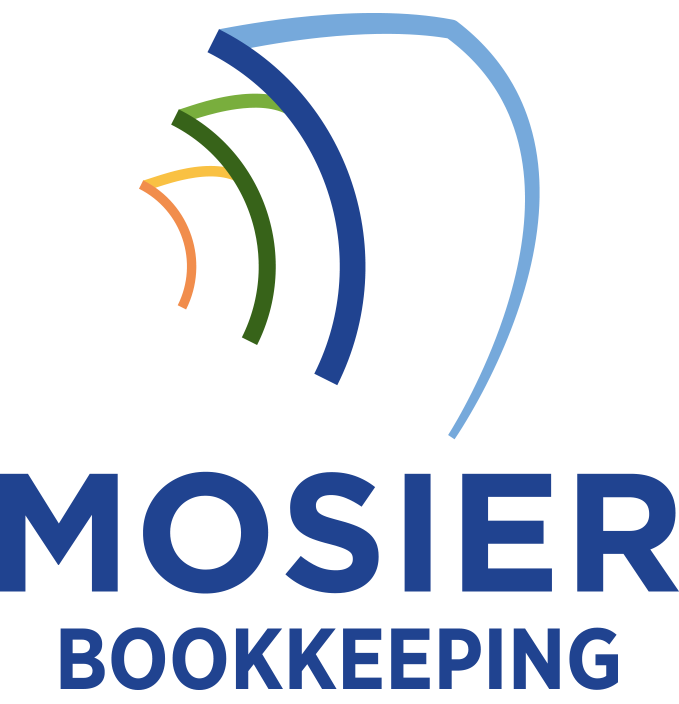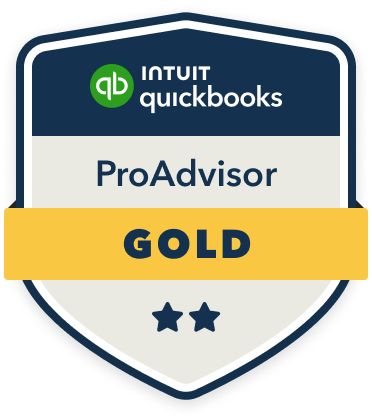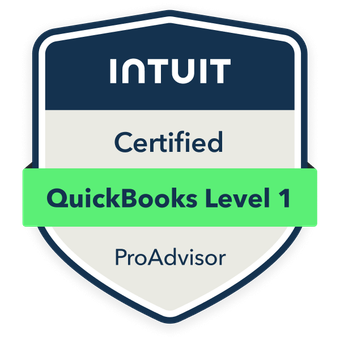To analyze employee productivity through bookkeeping in service businesses, I combine key financial metrics with time tracking data. I start by calculating revenue per employee and labor cost ratios, then examine billable vs. non-billable hours and task completion rates. I track client revenue attribution and service delivery times to identify efficiency patterns. By connecting these data points to profitability metrics, I can pinpoint performance trends and optimization opportunities for your team.
Key Financial Metrics for Measuring Service Employee Performance

Three essential financial metrics form the foundation for measuring service employee performance: revenue per employee, labor cost ratio, and customer lifetime value contribution.
I calculate revenue per employee by dividing total revenue by the number of service staff, revealing individual revenue generation capacity. For labor costs, I track the percentage of revenue consumed by each employee’s total compensation, targeting industry-standard efficiency ratios.
I’ve found that measuring an employee’s impact on customer lifetime value provides pivotal insights. By analyzing repeat business rates and average transaction values associated with specific employees, I can quantify their long-term contribution to sustainable growth.
Using Time Tracking Data to Evaluate Staff Efficiency
Beyond pure financial indicators, time tracking data provides concrete insights into how employees utilize their working hours. I analyze billable versus non-billable time ratios to identify my top performers and those needing improvement. By tracking task completion rates and average service delivery times, I can pinpoint bottlenecks and optimize workflows.
I leverage time tracking software to measure key metrics like response times, project turnaround, and client engagement duration. This data helps me establish performance benchmarks and make strategic staffing decisions. By comparing individual productivity patterns against team averages, I can implement targeted training and resource allocation to maximize efficiency.
Revenue Per Employee Analysis and Benchmarking

Revenue per employee serves as a critical performance metric that reveals both individual contributions and overall organizational health. I calculate this by dividing total revenue by the number of full-time equivalent employees, enabling me to benchmark against industry standards. For my service business, I track this metric quarterly to identify trends and optimization opportunities.
When I analyze this data, I focus on comparing departments and individual roles to spot efficiency gaps. I’ve found that combining revenue per employee with profit margin analysis gives me the clearest picture of which team members and processes are driving the most value for my organization.
Client Value Attribution Through Bookkeeping Records
Breaking down employee productivity metrics leads naturally to analyzing individual client contributions. I track client value through detailed bookkeeping records to identify which accounts drive the most revenue per employee hour invested.
| Client | Annual Revenue | Hours Invested |
|---|---|---|
| Alpha Corp | $250,000 | 420 |
| Beta LLC | $175,000 | 380 |
| Delta Inc | $120,000 | 290 |
I’ve found that mapping client revenue against service hours reveals hidden profitability patterns. By diving into these numbers, I can strategically allocate my team’s time toward high-value accounts and optimize pricing structures for underperforming relationships. This data-driven approach empowers better resource allocation decisions.
Converting Financial Data Into Actionable Performance Insights

While raw financial data provides a foundation, transforming those numbers into meaningful performance metrics requires systematic analysis. I recommend creating benchmark ratios for revenue per employee, profit margins on each staff member’s projects, and overhead costs per worker. By tracking these KPIs monthly, I can spot productivity trends and identify top performers.
I analyze these metrics against industry standards and historical data to establish realistic targets. I then develop actionable strategies like targeted training, workflow optimization, or resource reallocation. This data-driven approach lets me make informed decisions about staffing, compensation, and performance improvement initiatives.









